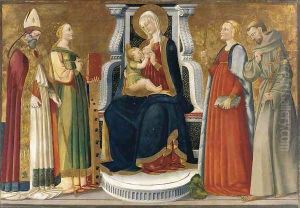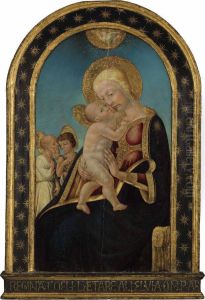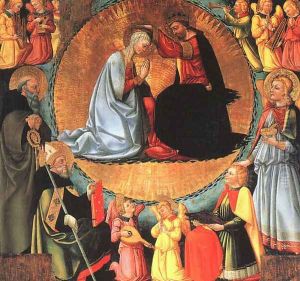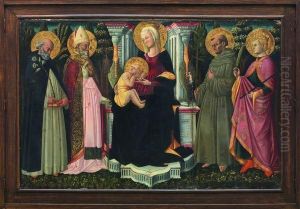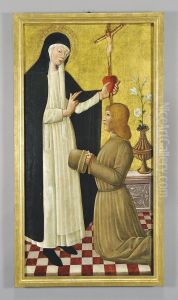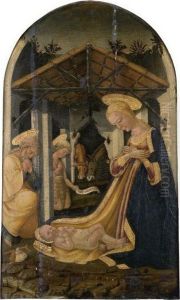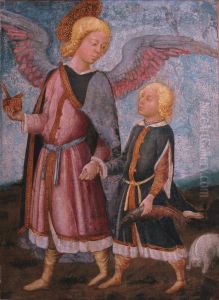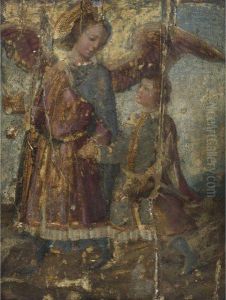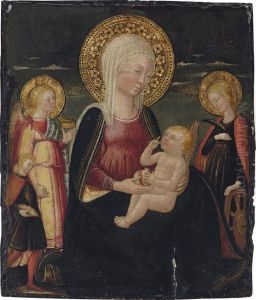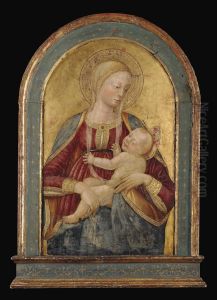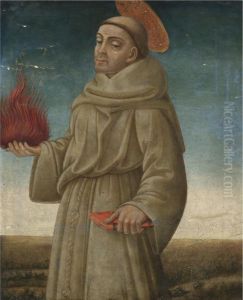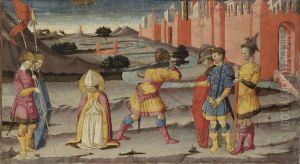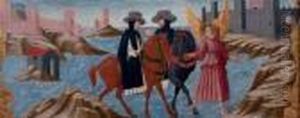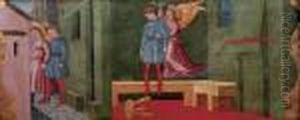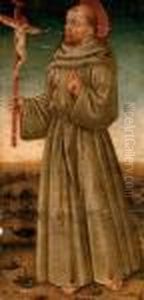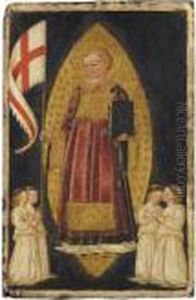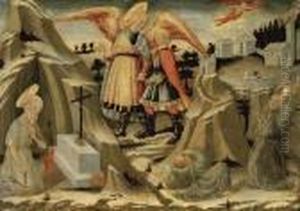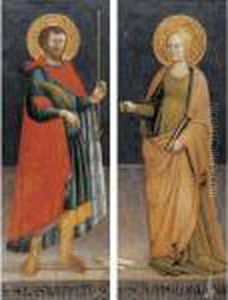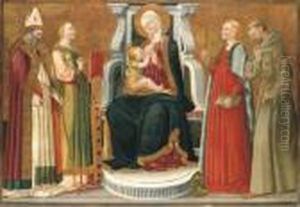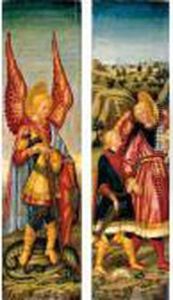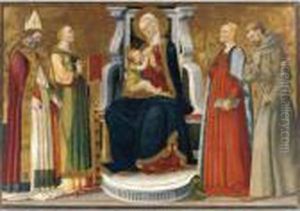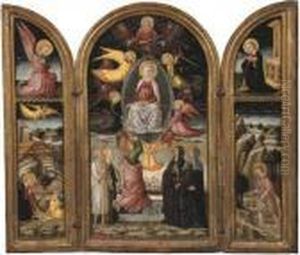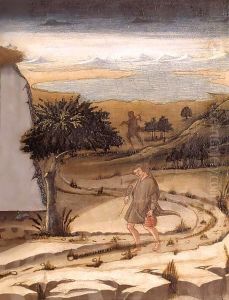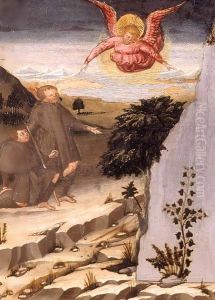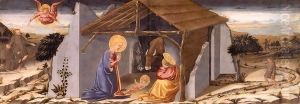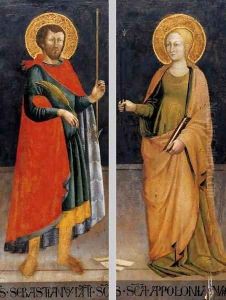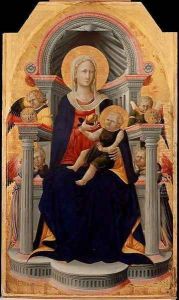Bicci Di Neri Paintings
Bicci di Neri was an Italian painter of the early Renaissance, born in 1373 in Florence, Italy. He was the father of the more famous painter Neri di Bicci, and his family workshop was a hub for the production of devotional paintings and altarpieces in Florence during the 15th century. Bicci di Neri's work is characterized by the Gothic style that was prevalent before the full influence of the Renaissance took hold in Florentine art. Despite the lack of information on his early training, it is believed that Bicci di Neri was influenced by the works of Spinello Aretino and other contemporary artists of his time.
He began his career as an independent master around 1414, and throughout his career, he maintained a conservative approach to painting, sticking to the styles and techniques that were traditional in Florence before the innovations introduced by artists like Masaccio. Bicci di Neri's paintings are known for their delicate attention to detail and use of vivid colors. His works often featured religious subjects and were commissioned by various religious institutions and confraternities.
One of his most notable works is the altarpiece 'Madonna and Child with Saints' created for the Church of San Giusto in Volterra. His surviving works can be found in various museums and churches in Italy, which showcase the transition from the International Gothic style to the more naturalistic approach of the early Renaissance. Bicci di Neri's legacy continued through his son Neri di Bicci, who took over the family workshop and became a well-documented artist in his own right, leaving behind a detailed diary that provides valuable insight into the life and work of Renaissance artists.
Bicci di Neri passed away in 1452 in Florence, leaving a body of work that captures the spirit of pre-Renaissance Florentine art and provides a glimpse into the artistic transition that was taking place during his lifetime.
